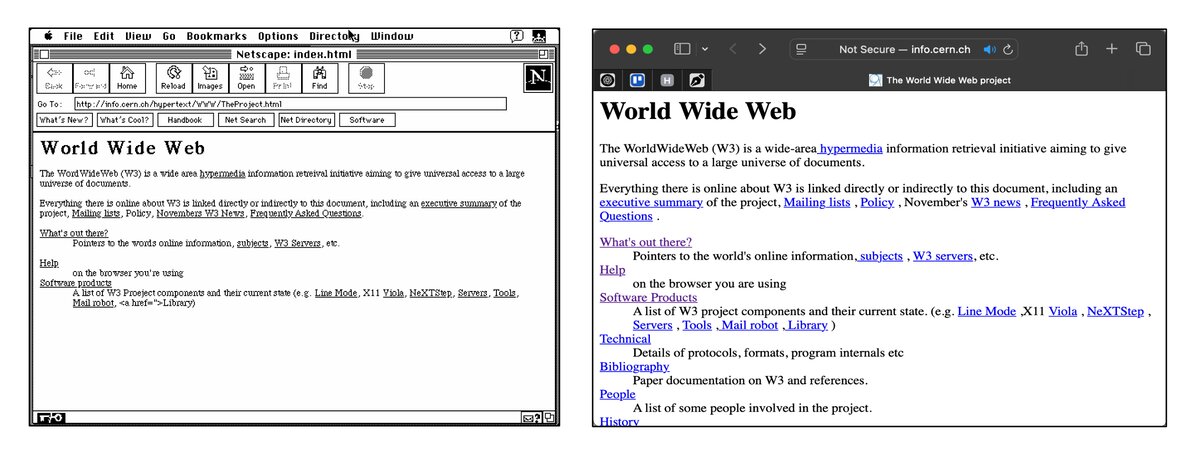
By Joel Dare - Written July 14, 2025
Imagine a web page that loads instantly, deploys effortlessly, and never needs a security update.
I’m using pure HTML and CSS to accomplish all that and to build things in a fraction of the time.
As software engineers, I think we have a tendency to over-engineer things. If you’ve built web pages recently, you probably used HTML and CSS, but you probably also used a complex framework, over-engineered JavaScript, crazy deployment routines, and more.
By contrast, for me, building pure HTML and CSS pages is a breeze and a joy.
HTML was invented by Tim Berners-Lee in 1991 as he worked on the World Wide Web at CERN. Some of the earliest examples of web pages are contained in the documentation on the WWW project.
These pages still render in modern web browsers.

You might argue that that is simple documentation. I agree, but so is most of what we consume on the Internet. And just because it’s documentation doesn’t mean it has to be plain and boring. Though those often get the job done better than a complex layout.
In 2024 a study looked at over eight million websites and found the normal page size to be 2.65MB and growing at a rate of 8% per year.
That’s more energy, more carbon, more bandwidth, and more time.
Some of our services are keeping pace. Internet speeds have increased about 20 times over the last decade. That far outpaces page size increases, but not everyone has access to these faster services. Users in rural areas are especially impacted. Plus, all of us have felt these problems with the limited data available in some areas on our mobile devices.
In addition to page size, we’re seeing slow-downs caused by latency and render times.
Small pages feel fast on any network and pure HTML and CSS renders fast.
I can host pure HTML pages almost anywhere. Many of my pages are hosted on GitHub. In additional, most of the cloud providers have free tiers that I’d be hard pressed to exceed with a lightweight HTML site.
It’s also still possible to put a web page on a Raspberry Pi and serve it from my home office.
Regular (semantic) HTML tags work better for accessibility and they rank better for SEO.
I see a lot of modern work that implements custom components from scratch. If you’ve got the time and budget, great, but it’s really hard to get all the accessibility right.
Using standard HTML tags is easy and I get all that free. Browser vendors have implemented and tested them for years.
Typically, I can think of unique ways to use standard components to accomplish the majority of my goals.
If my page is static (just links, text, and basic tags) I’ll probably never need to edit it for security reasons.
HTML injection attacks have existed for almost as long as the Internet but they usually involve JavaScript or server-side processing. Pure HTML has a minimal attack surface and is mostly immune to the security problems that plague complex projects.
That means no dependency updates and no security vulnerabilities to chase.
I’ve worked on a lot of different web projects. For most modern projects there’s a long list of build steps. In most cases I’d be hard pressed to get something up and running without at least a README file covering all the necessary steps.
Some of my favorite projects are ones where I used git push as my method to deploy.
Want to build your next site in pure HTML and CSS? Join the free Five-Day Neat Starter Email Course and build a lean, production-ready page before Friday.
JoelDare.com © Dare Companies Dotcom LLC